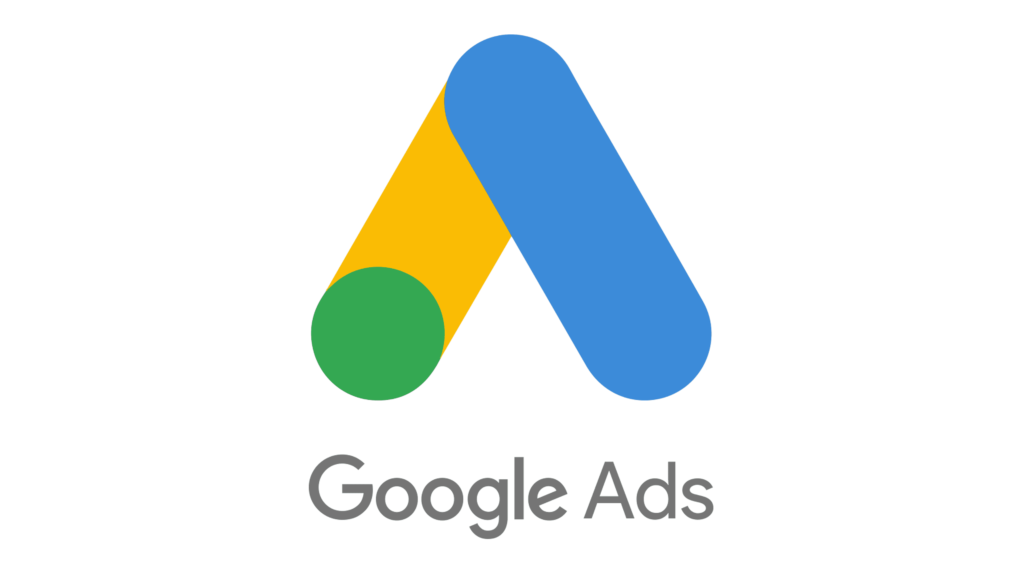Introduction to Google Ads Targeting
Google Ads is a powerful advertising platform that helps businesses reach potential customers through targeted advertising. Mastering Google Ads targeting is essential for creating successful campaigns that yield a high return on investment (ROI). In this article, we will discuss various targeting options, tips, tricks, and best practices to help you create effective campaigns and achieve your business goals.
Benefits of Effective Google Ads Targeting

Effective targeting in Google Ads allows you to:
- Reach the right audience: By targeting specific keywords, audiences, and placements, you can ensure your ads are shown to the most relevant users.
- Reduce wasted ad spend: Proper targeting helps you avoid spending money on irrelevant clicks or impressions.
- Improve ad performance: Better targeting leads to higher click-through rates (CTR) and conversion rates, ultimately resulting in a more profitable campaign.
Understanding Google Ads Targeting Options
Google Ads provides several targeting options to help you reach your desired audience. Let’s dive into the most popular targeting options: keyword, audience, and placement targeting.
Keyword Targeting

Keyword targeting is the foundation of Google Ads. By targeting specific keywords, you can ensure your ads appear when users search for products or services related to your business.
Types of Keywords
- Broad keywords: General keywords that may attract a wide range of users.
- Long-tail keywords: Longer, more specific keywords that generally have lower search volume but higher conversion rates.
- Negative keywords: Keywords that you don’t want your ads to appear for, helping to reduce wasted ad spend.
Keyword Match Types
- Broad match: Your ad may show on searches that include your keywords, synonyms, or related searches.
- Phrase match: Your ad may show on searches that include your keywords in the exact order, along with additional words before or after.
- Exact match: Your ad may show on searches that exactly match your keywords, with only minor variations allowed.
Tips for Choosing the Right Keywords
- Use keyword research tools like Google Ads Keyword Planner to identify relevant keywords.
- Include a mix of broad and long-tail keywords to reach a wider audience.
- Continuously refine your keyword list by monitoring performance and adding negative keywords as needed.
Audience Targeting

Audience targeting allows you to reach specific groups of users based on demographics, interests, and browsing behavior.
Demographics
Target users based on age, gender, parental status, or household income to tailor your ads to specific segments of the population.
Interests and Affinities
Reach users who have shown interest in specific topics or who have
similar interests as your target audience. Google Ads offers a range of predefined interest and affinity categories, such as travel enthusiasts or tech-savvy users.
Remarketing Lists for Search Ads (RLSA)
RLSA allows you to target users who have previously visited your website while they search for relevant keywords. This can help you re-engage potential customers and increase the likelihood of conversion.
Placement Targeting
Placement targeting enables you to choose specific websites, videos, or apps where your ads will appear. This can be particularly useful for reaching niche audiences or aligning your ads with relevant content.
Choosing the Right Placements
- Use Google’s Display Planner to find placements related to your target keywords or audience.
- Consider the quality of the website, its audience, and the context of the content when selecting placements.
Tips for Effective Placement Targeting
- Monitor the performance of your placements and adjust them as needed to optimize your campaigns.
- Utilize managed placements to have more control over where your ads appear.
- Combine placement targeting with other targeting options, such as demographics or interests, for more precise targeting.
Conclusion
Mastering Google Ads targeting is crucial for achieving success in your advertising campaigns. By understanding the various targeting options and applying the tips, tricks, and best practices outlined in this article, you can optimize your campaigns for improved performance and maximize your ROI.
Frequently Asked Questions
- What is the importance of negative keywords in Google Ads?
Negative keywords help to prevent your ads from appearing for irrelevant search queries, reducing wasted ad spend and improving overall campaign performance.
- How often should I monitor and update my keyword list?
It’s essential to regularly review and update your keyword list to ensure it remains relevant and effective. Monitoring performance and making adjustments based on data is an ongoing process in successful Google Ads campaigns.
- Can I use both keyword and audience targeting in the same campaign?
Yes, you can combine keyword and audience targeting to further refine your campaign and reach the most relevant users.
- What is the difference between interest targeting and affinity targeting?
Interest targeting focuses on users who have shown interest in specific topics, while affinity targeting targets users who share similar interests or behaviors with your ideal audience.
- How can I measure the success of my Google Ads targeting strategy?
Key performance indicators (KPIs) such as click-through rate, conversion rate, and return on ad spend can help you evaluate the effectiveness of your targeting strategy and make data-driven adjustments as needed.


